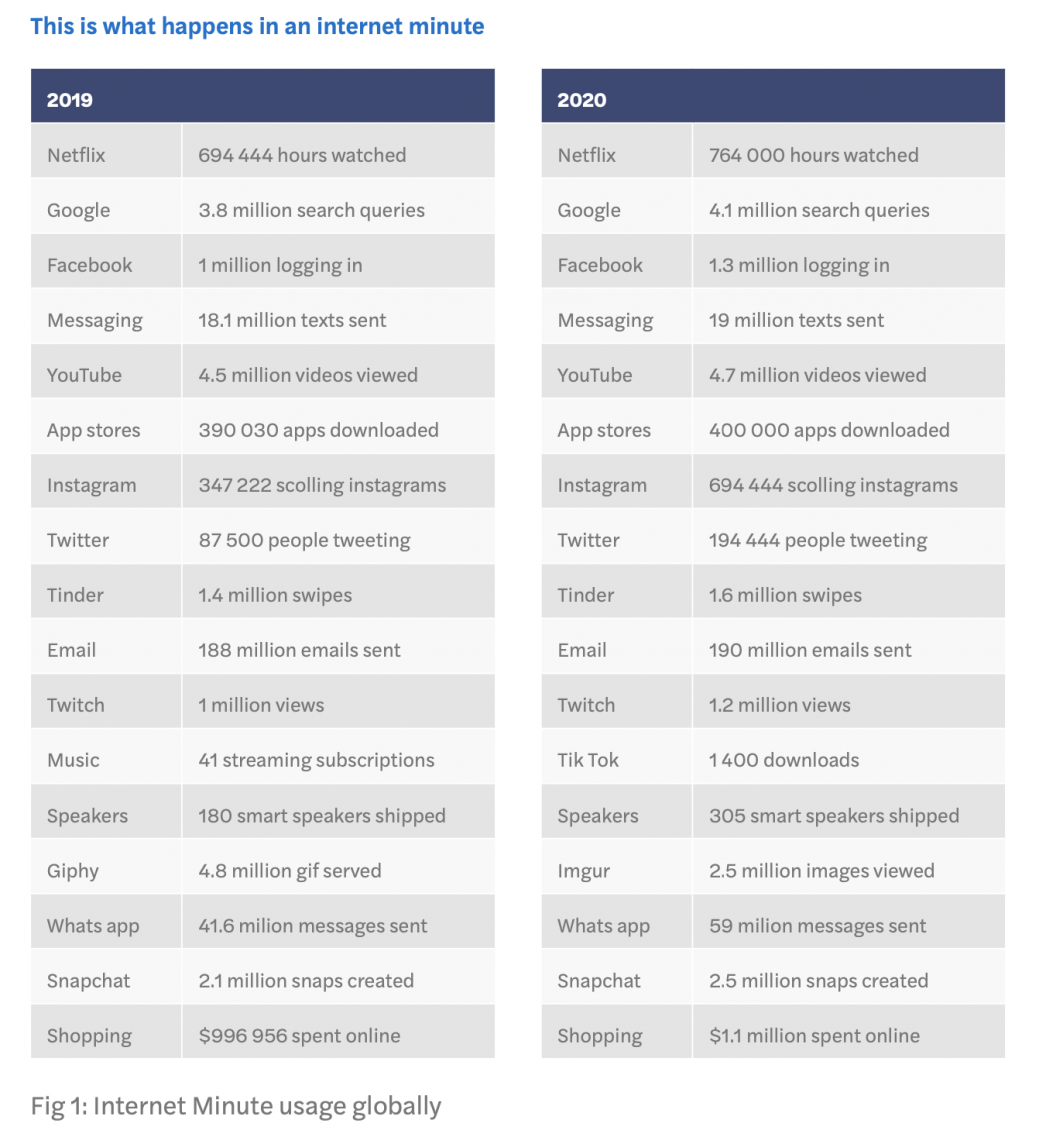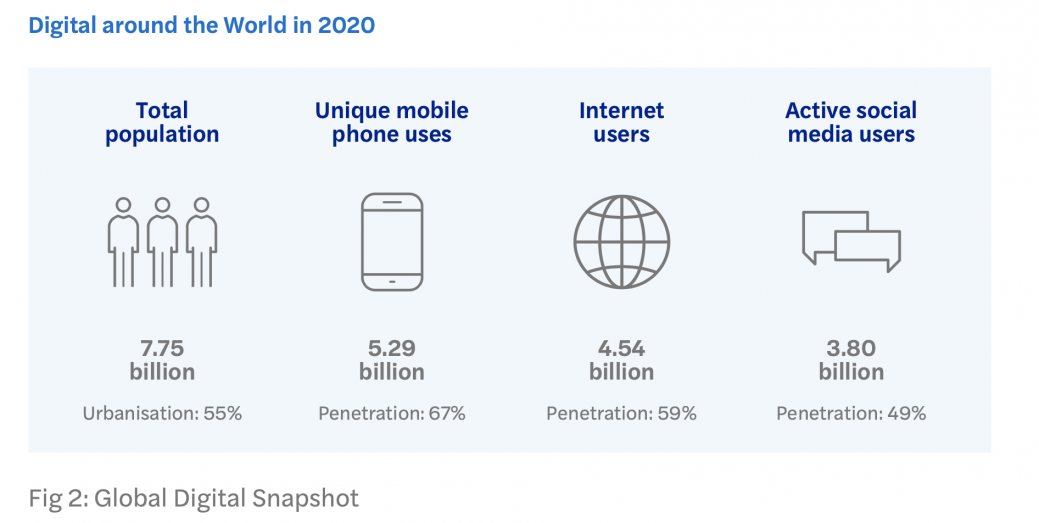
Digital transformation: 21st century risk and opportunity
Digital transformation: risk and opportunity
While Uber, Amazon and Netflix grab headlines for their growth in the platform economy, traditional companies are also digitizing. UPS uses smart routing devices to trim millions of miles on their delivery routes.
Caterpillar now equips its tractors and diggers with internet-enabled sensors that provide data to customers and itself for digitising.
This publication is aimed to provide an appreciation of the world-wide status of digitisation, opportunities as well as risks to consider as organisations navigate this all-important journey.
Key Elements leading Digital to Transformation
Digital Transformation, it’s all about achieving the balance in roles that technology and people play in an organisation empowering employees and redesigning the organisation so that humans have more fulfilling work, rather than designing people out of a job completely.
Organisations can do better only if they transform and drive change across the organisation, change the way they work as an organization, and be far better than before. The benefit of digital transformation can enhance organisations, to offer more services and to expand globally.
Digital business transformation is not just about technology, it’s about speed, efficiency, data, and knowing faster. To compete more effectively in the digital environment, companies are determining how to innovate digitally from three perspectives: culture, talent, and technology.
Worldwide companies adopting digitisation strategies
- McDonalds – One of the most recognised brands in the world as a result of high customer service levels. They have made large strides in applying transformation. The company used digital innovation across alternative ordering channels (PC, tablet, mobile phone) to increase revenue. Customers can now order online by logging onto the application. In the background, geo location technology is used to identify and so detect close vicinity stores and identify the closest pickup point.
- UberEats –Fast food is getting faster. Through utilising data, and geo-location UberEats is transforming business by driving company sales through delivery options as well as providing the customer with food within minutes.
- Pitney Bowes – Almost 100 years ago, Arthur Pitney invented the postage meter, introducing the concept of metered mail to the world and smoothing the path of commerce for the foreseeable future. Since building the Pitney Bowes Commerce Cloud, the company has become one of the largest software companies in the world, with customers relying on it for everything from location intelligence to global e-commerce and customer information management solutions.
- Locally, companies have also successfully adopted digitisation strategies to improve stakeholder experience and improving their bottom-line performance. An example of this is the banking sector which is shaping the future of digital banking starting with Augmented Reality and Banking TV. Banks are imposing on its customers by incorporating information on their smartphone thereby delivering an enhanced version of the real world. Banks also partner with retail outlets and by doing so utilise augmented reality technology to help customers find nearby retail partners.Figure 1 outlines the growth in digitisation between 2019 and 2020. It is quite evident that on a comparative basis, there is a steady trend of growth based on organisations evolvement of digitisation strategies. Notably:
- Most major players keep growing – Facebook, Netflix, Twitter, Instagram, Google, YouTube and WhatsApp.
- Some platforms disappeared from this data analysis – LinkedIn and Vine.
- New platforms made it – imgur and Tik Tok.
- Instagram has been skyrocketing in a year; evolving and almost doubling scrollers from 2019 to 2020 on the platform
Similarly, the new “Digital in 2020 Global
Overview report” from “We Are Social and Hootsuite” (Figure 2) reveals that more than half of the world’s population now uses the internet. The digital world experienced spectacular growth in 2020, with the pace of change accelerating across almost all key indicators versus 2015.
The headline numbers are:
- 4.54 billion global internet users in 2020, equalling 59% penetration;
- 3.80 billion global social media users in 2020, equalling 49% penetration, and
- 5.19 billion global mobile users in 2020, equalling 67% penetration.
From the statistics above, it is quite evident that digitisation is here to stay. According to King IV, “The Governing body should appreciate that the organisation’s core purpose, its risks and opportunities, strategy, business model, performance and sustainable development are all inseparable elements of the value creation process”. Whilst organisations embark on their digitisation strategies and capitalise on the opportunities, consideration should be given around key risks in this space which has a huge reputation risk if not clearly managed:
- Digital revolution has led to increase of electronic commerce and mobile commerce. This development has also resulted in increase in the Internet fraud (Rubin 2006). Without proper skills and knowledge of how to effectively use the Internet, consumers face risks of identifying potential theft and using online tools for phishing their private information. Given the nature of online transactions, it is easier for fraudsters to disguise themselves and mislead unsuspecting consumers into sending them their finances. By association organisations could well become recipients of this fraud.
- Information sharing and privacy has become a general concern in digital revolution. The ability of the digital platform to store large volumes of information presents a possibility for unauthorised tracking of individual activities and interests.
- Without careful application of digital technology, there is a possibility that people can collect substantial personal information that can lead to creating an individual’s profile. This information can be used for fraudulent purposes such as selling them to marketing agencies without the user’s knowledge. Regulatory requirements such as General Data Protection Regulation (GDPR) in Europe and Protection of Personal Information Act (POPIA) in South Africa, should be well understood where digitisation requires keeping customer details.
- Digital revolution also led to the emergence of copyright infringement and trademark issues. The ability of consumers to illegally reproduce and distribute original works which are protected has dramatically changed the intellectual property phenomena. Copyright infringement is critical especially in the film, music and television industries (Rubin 2006). With regard to this, individuals that struggle to produce their intellectual innovations are not well compensated for their efforts. Unscrupulous individuals, instead, take the full benefits of this hard work by reproducing and redistributing these materials without legal permission.
Authored by Zakariyya Mehtar - Senior Manager IT Audit.
Reference and Credit
- https://www.inc.com/todd-mckinnon/is-digital- transformation-the-real-deal-these-6-companies-think-so. html
- insead.edu
- Excelacom
- https://cloudnine.com/ediscoverydaily/electronic-discovery/no-fooling-its-time-for-the-2020-internet-minute-infographic-ediscovery-trends/
- https://wearesocial.com/blog/2020/04/digital-around-the-world-in-april-2020
- https://blog.fnb.co.za/2017/04/fnb-launches-augmented-reality-digital-assistance/
- http://www.digitalistmag.com/future-of-work/2017/01/09/culture-change-is-essential-for-digital-transformation-04824251
- https://www.paypervids.com/advantages-disadvantages-digital-revolution/
- https://wearesocial.com/blog/2020/04/digital-around-the-world-in-april-2020



